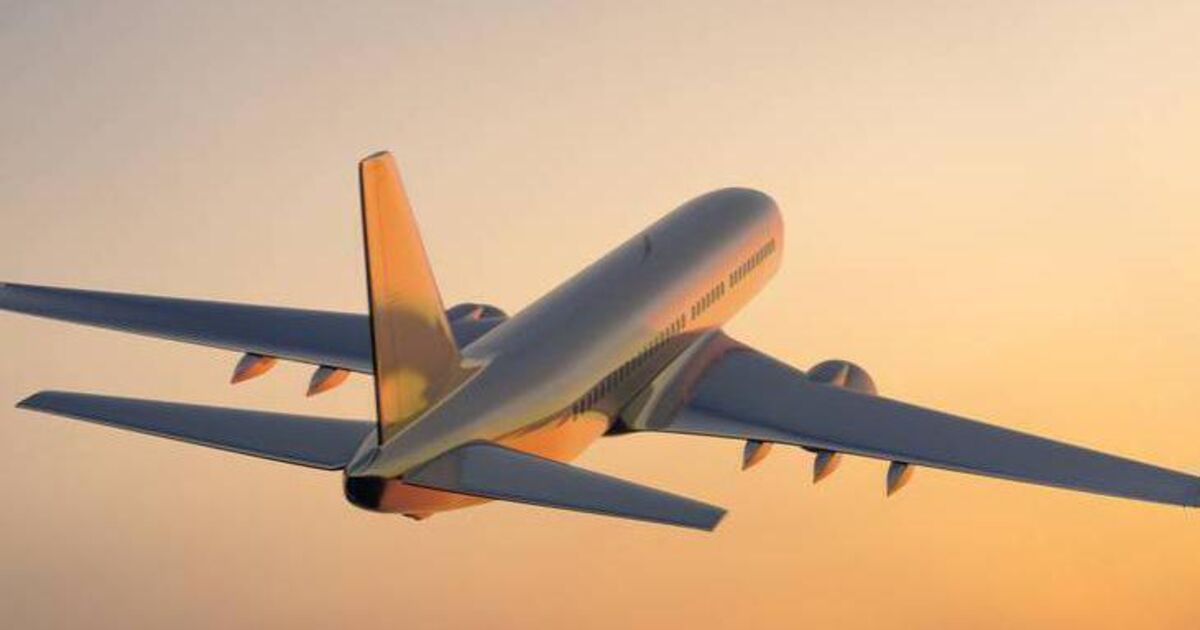Tourism trade bodies have said that the significant decline in inbound tourism figures reported by the Central Statistics Office (CSO) doesn’t reflect the sentiment from companies on the ground.
CSO data published on Wednesday showed that the number of visitors to Ireland declined by 15% during March to 441,200, compared to the same period last year. This continues the downward year-on-year trend in foreign visitor numbers first observed in September 2024.
During the first quarter of this year, there have been just over 1.08m people arriving into Ireland – a 23% decrease year-on-year. It is also down 7% compared with the same period in 2023.
However, Eoghan O’Mara Walsh, chief executive of Irish Tourism Industry Confederation, said the figures from the CSO “don’t reflect industry data sources or sentiment on the ground with industry partners”.
“We kind of feel that quarter one has been flat or perhaps marginally down on the same period last year, rather than the sharp decline that the CSO survey suggests,” he said.
According to the CSO data, the largest contingent of visitors during the month came from Britain, with 176,100 visitors down 12% compared to March last year. The next highest was from the US, with 82,900 visitors arriving in Ireland down 18.2% from 101,400.
During February, there were just over 31,200 US visitors to Ireland accounting for 10% of all foreign visitors during the month. This was down by 15,400 compared to the same month last year.
A smaller decline was recorded in January with 46,600 US visitors to Ireland recorded – down from 50,200 the year prior.
Visitors from continental Europe were down 17% during March, while visitors from North America in general were down 18%, and visitors from the rest of the world were down 24%.
Visitors to Ireland spent a combined €326m on their trips excluding fares during March. This is down 22% year-on-year. The average cost of their trips excluding fares in March was €738, whereas the average cost 12 months previously was €799.
On the decline in spending, Mr O’Mara Walsh said that if the drop-off had been this dramatic “the hotels would have been in touch with me weeks ago” to say “the bottom is falling out of the market.
“I haven’t been getting those calls.” Paul Gallagher, chief executive of the Irish Hotels Federation said the latest industry figures show that “hotels achieved average room occupancies in March on a par with the same month last year while bookings for the first quarter were up 2% year on year”.
“From an industry perspective, this would suggest that overall tourism activity is holding up so far in 2025, which is at odds with what the CSO figures would appear to be indicating.”
Catherine Flanagan, chief executive of the Association of Visitor Experiences and Attractions (AVEA), said the figures from the CSO have been “surprising us” for the last couple of months.
“The figures reported for January and February didn’t really seem to match up with what was the lived business experience on the ground,” she said.
Ms Flanagan said their early indicators for trouble in the sector come from airport passenger numbers, tour operators, and hotels, among others.
“While the start of the year has been reported as softer than last year by all of those, there isn’t widespread concern across the sector,” she said.
Ms Flanagan said the major concern for AVEA is the decline in the average length of stay of inbound tourists.
The data shows that visitors stayed a total of 2.9m nights in the country, a drop of 8%. The average length of stay was 6.5 nights down from 7.4 in 2023.
“What concerns me is the length of stay in March 2023 was 7.4 nights, and it’s now 6.5 and that means that’s that’s a night that people aren’t spending outside of Dublin by and large. In rural locations, visitor attractions that are regionally based and they do struggle if the length of stay is shorter, so that would be a concern,” she said.
